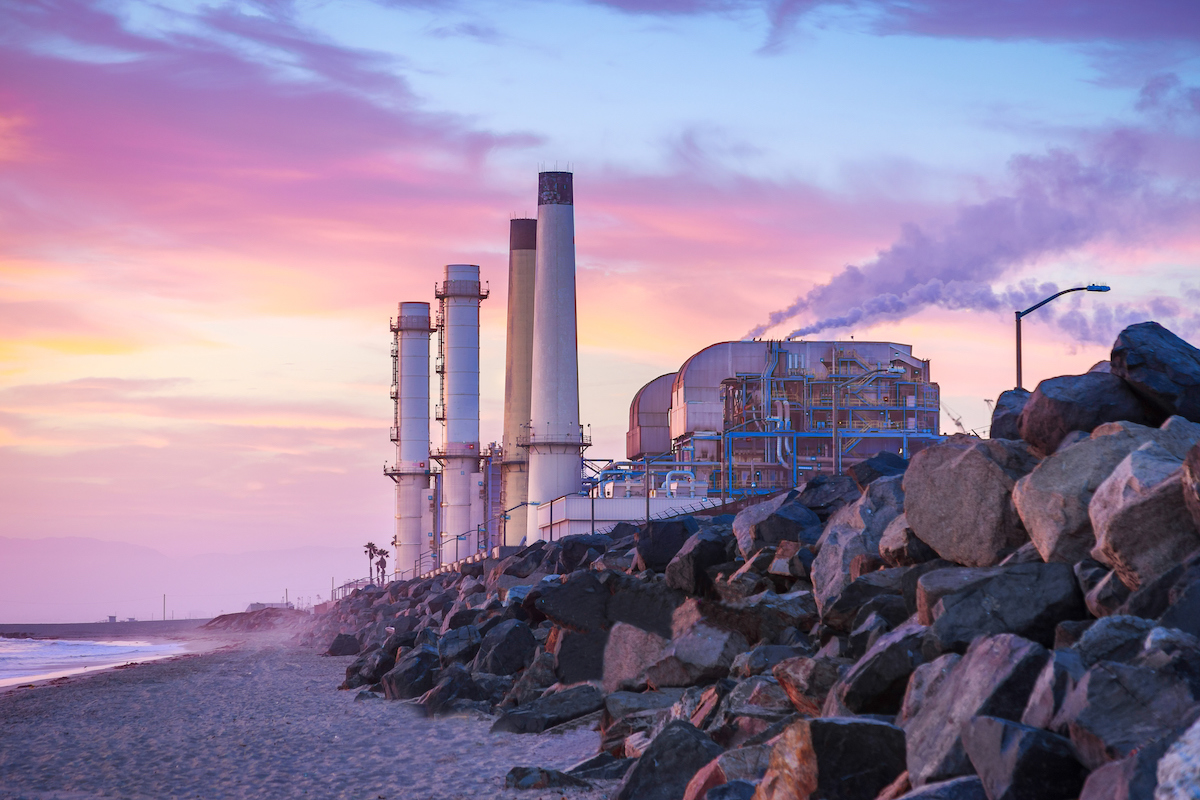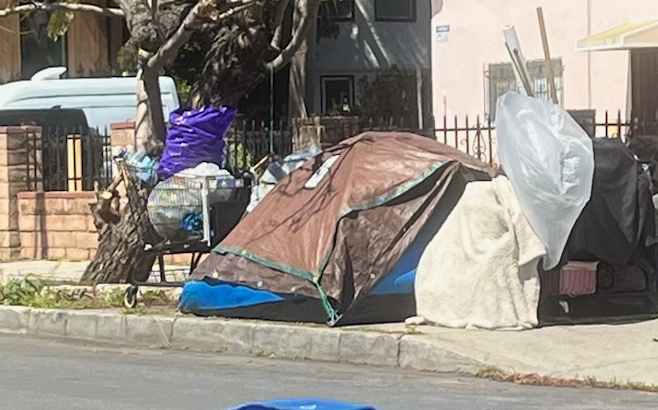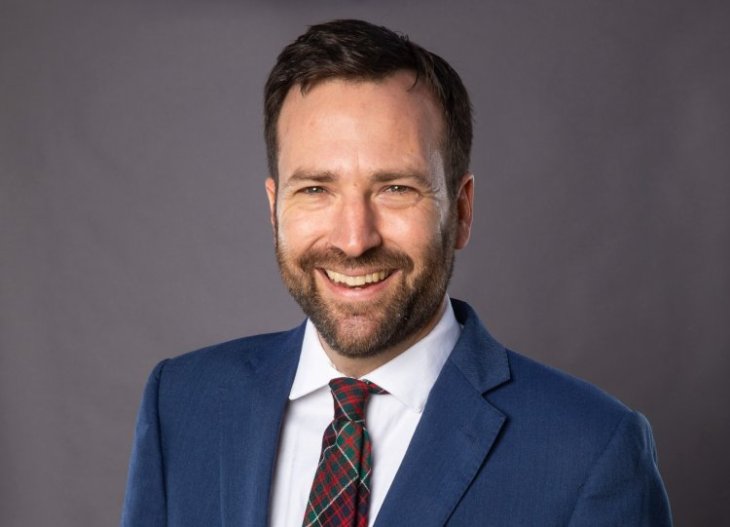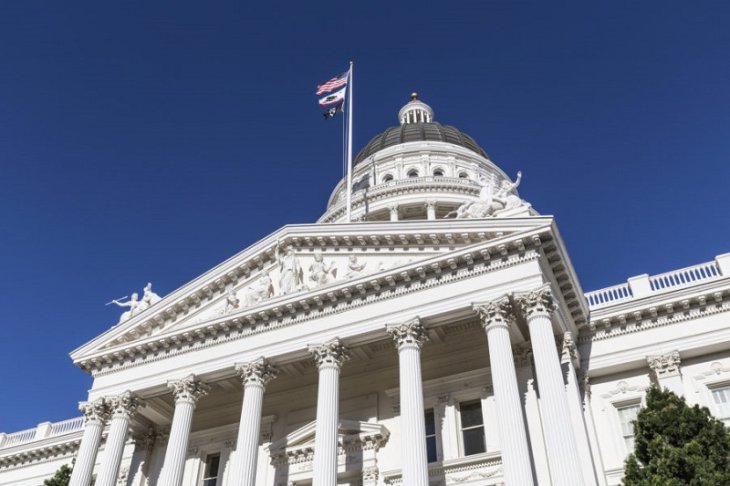By Tom Elias, Yo! Venice Columnist
Never before in California’s long experience with power blackouts have systematic, preplanned outages been as short as the 20-minute to 30-minute electric shutdowns inflicted on about 3 million homes and businesses around the state in mid-August.
Without doubt these blackouts were pre-planned. “(We will have) excessive weather conditions and a persistent shortage of electric supply for the California grid,” said a warning texted to electric customers hours ahead of the first outages.
There was a lot odd about this, aside from the short span of the blackouts. Gov. Gavin Newsom said later he didn’t learn of the shutdowns until just beforehand, adding they were caused by record-level heat. It’s unprecedented for any governor not to know well in advance. What’s more, while temperatures set records in some places, it wasn’t by much – a degree or two more than in the late summers of recent years.
And, as was noted on social media, myriad California homes feature solar panels; schools and most power-using businesses were closed due to the coronavirus pandemic. So why any shortage? Trying to blame this on the gradual shift to renewable power from wind and sun, as President Trump did, explained nothing.
What really went on? It’s hard to be certain, in part because neither the Southern California Edison Co. nor the California Independent System Operator (CalISO), which runs the state’s electric grid, answered specific questions about how close to capacity several power plants operated during the shortages. “This all looks highly suspicious,” said Bill Powers, a San Diego engineer expert on utility operations.
The real cause of the problems that inconvenienced some customers, but never enough to produce much lawsuit liability, may have been a recent utility phenomenon known as “blackout blackmail.” The Southern California Gas Co. used this tactic several times in the last few years to keep its Aliso Canyon natural gas storage facility open in the hills above the Porter Ranch area of Los Angeles’ San Fernando Valley.
It needs the gas storage, SoCalGas claimed, to prevent blackouts in summer, when gas-fired power plants sometimes at full strength. But most plants almost never approach capacity, and there were no actual blackouts while Aliso Canyon was virtually empty after its massive leaks starting in 2015.
So this was clearly blackmail, the nation’s biggest gas utility trying to scare customers and politicians into letting it keep a hazardous facility open.
The timing of the latest blackouts suggests a different sort of possible blackmail. These outages began less than three weeks before the state Water Resources Control Board is due in early September to consider keeping open most of the generating units at four gas-fired power plants cooled by Pacific Ocean water at Huntington Beach, Long Beach, Redondo Beach and Ormond Beach near Oxnard.
All had been set to close by year’s end, reducing greenhouse gases as part of California’s climate change strategy. But the state Public Utilities Commission earlier this year okayed a reprieve, moving plant closing dates back by anywhere from one to three years.
Together, affected units at the four facilities can produce 3,812 megawatts, far more than enough to make up the stated shortfall of less than 1,500 megawatts cited by CalISO during the blackouts. One megawatt powers one home for about 15 months.
No one will say whether the four plants operated near capacity on the blackout days. They usually run far below those levels: In 2018, the highest average load on any unit of the four plants was 10.1 percent of capacity at Alamitos Unit 3 in Long Beach.
Edison, CalISO and the plants’ owners, Virginia-based AES Corp. and Houston-based GenOn Energy Holdings, want the generating stations left open. The PUC said OK, as it usually does when utilities want something.
Because no one can or will say whether these plants operated near capacity before and during the latest outages, it’s impossible to be sure this episode aimed to intimidate the water quality board, which has the final say.
That’s why it’s a good thing Newsom quickly ordered an investigation, and why that investigation – unlike several others involving the PUC – must actually go forward rather than dying out quietly.
Email Thomas Elias at tdelias@aol.com. His book, “The Burzynski Breakthrough, The Most Promising Cancer Treatment and the Government’s Campaign to Squelch It” is now available in a soft cover fourth edition. For more Elias columns, visit www.californiafocus.net

























